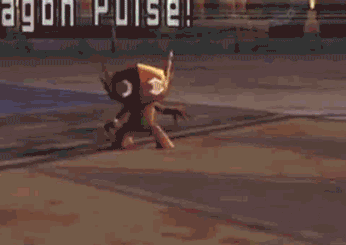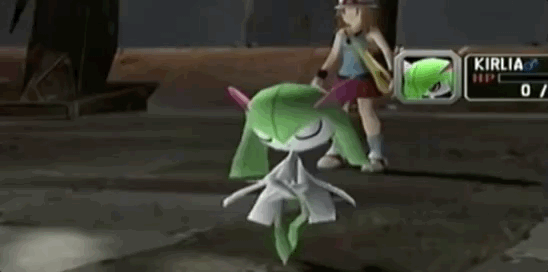Why you should be excited about Pokémon Colosseum and XD returning
Two particular GameCube classics are coming back, and this writer is keen for more of you to try them out.
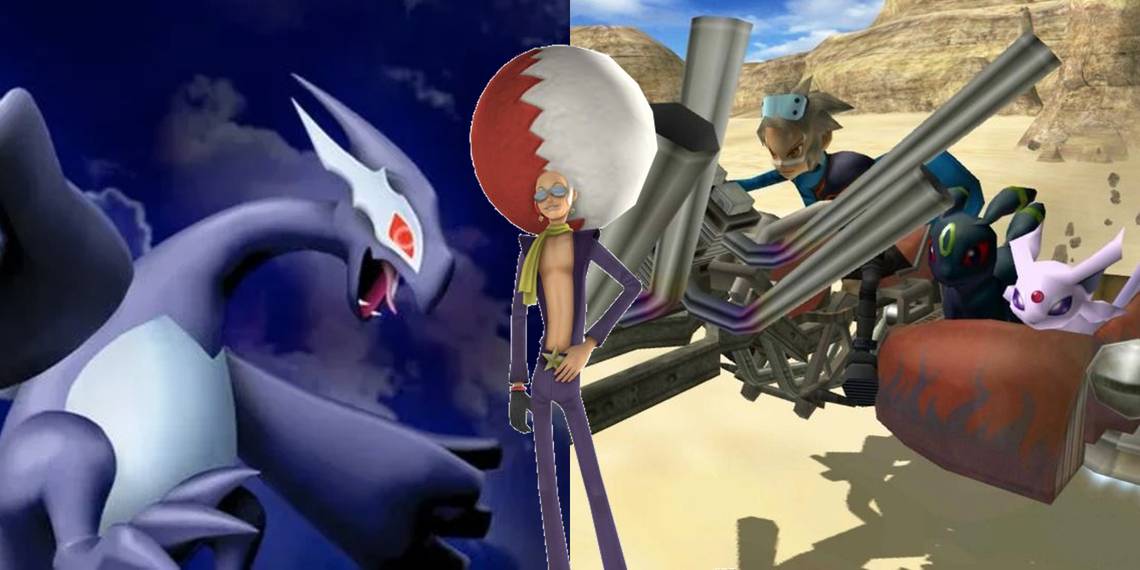
Why you should be excited about Pokémon Colosseum and XD returning
Two particular GameCube classics are coming back, and this writer is keen for more of you to try them out.
Written by bobandbill
Many Pokémon fans may have seen the news about GameCube titles appearing on the Nintendo Switch 2, including Pokémon Colosseum and Pokémon XD: Gale of Darkness. Most may not know about these games. They are over 22 and 19 years old respectively – older than many current players of Pokémon games. And unlike recent titles, they are far from the most accessible, even if one dares to look into emulation.
So why are these such a big deal? Let me tell you about these pair of oddities.
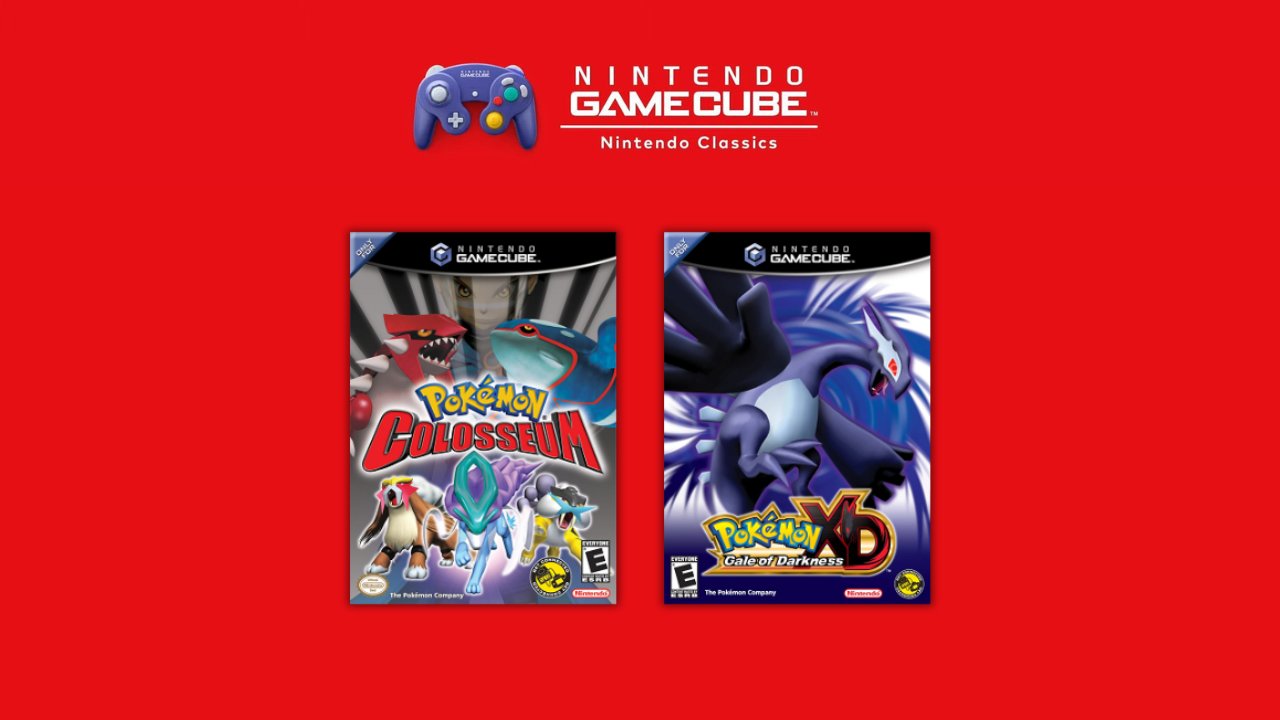
What are Pokémon Colosseum and Pokémon XD?
Pokémon Colosseum and Pokémon XD are two 3D Pokémon battle simulation titles. They were released during the third generation of Pokémon. Pokémon Colosseum released after Pokémon Ruby and Sapphire, but before Pokémon FireRed and LeafGreen. Unlike the earlier 3D titles, Pokémon Stadium and Pokémon Stadium 2, these did not have minigames. The battle sim option was always in comparison rather limited in regards to rental teams. You had access to some teams, and a unique challenge mode, but this was not the focus.
What they did have was a single-player story mode that spanned 20+ hours, rather like the main series titles! In fact, their story modes were very clearly focused as the main draw, rather than a bonus to being a 3D battle simulator. Pokémon XD was a sequel to the story of Pokémon Colosseum in fact, set five years later.
What made these story modes of Pokémon Colosseum and Pokémon XD unique? There are three main aspects to highlight.
A whole different vibe
One is that the games were darker than most. To be fair, one shouldn’t pretend that Pokémon has never had its more mature moments. Even in the current day where we see Pester Balls removed and apples replaced with ‘lighter and softer’ Fluffruit (sigh) in the Pokémon Snap titles, we still saw the Cubone’s dead mother as a ghost in Pokémon Let’s Go: Pikachu and Eevee. More recently in Pokémon Scarlet and Violet, we also saw Arven’s parent not quite being all there, so to speak. This newest game also had darker topics explored, such as bullying at school.
But Colosseum was a whole different ball game. And the opening cutscene really set expectations. You were not playing as a kid, about to select a Starter in the first 10 minutes of the game. And you were not asked by yet another professor what your name and gender was telling you what a Pokémon was. You were not going to start a humble adventure making friends and fighting Gyms one at a time. This was how Colosseum started:
You were playing as a cool teenager – maybe even an adult! One who starts the game’s story by robbing a criminal gang, driving a… let’s call it a weird motorcycle, and activating a bomb to blow up a building as he escapes. And he already has two Eeveelutions, with levels in the mid-20s.
If you were a kid playing this game at the time, you were probably thinking this was pretty cool. While you don’t have as cool a protagonist to play as in Pokémon XD, the opening scene for XD also started with action and intrigue. We’ll cover that introduction in the next section.
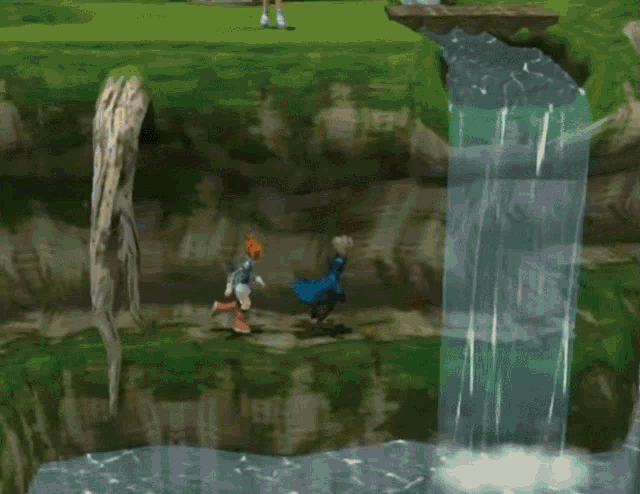
Then there’s the region the games are set in, called Orre. There are no routes to run through, and certainly that means less exploration and a more limited roster of Pokémon to use. But this worked for Orre, as it was a desert area filled with criminals and struggles a-plenty. And this region is very different indeed. While you have nicer looking cities (like the early location Phenac City), you learn pretty quickly that there is only a ‘Pre-Gym’ in the whole region – no Gyms, nor an Elite Four. Even Pokémon Sun and Moon, which had no Gyms, still effectively had trials and leader-esque people to battle, and then its own Elite Four set up. Here we have none of that – instead, the ‘Leaders’ are bosses of Cipher, one of the organisations you go up against. Locales also included Pyrite Town, which clearly has seen better days, and The Under. If you thought Pyrite was bad, The Under is literally underground of Pyrite – no natural sunlight here!
And speaking of the Leaders… If the protagonist of Colosseum (Wes) was already a standout, the others were pretty varied too. You had the likes of Dakim, a giant man who doesn’t just battle with Pokémon – he outright punches people. Then there’s Snattle in XD, a politician who has assumed control of a city.
You had this absolute gem, Miror B., a tall person with a Poké Ball themed afro, dance moves, and a Ludicolo-filled team.
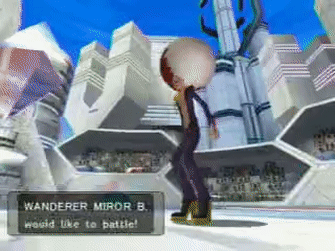
And to balance the brawn and the weird, there’s Ein, a scientist behind the concept of Shadow Pokémon. There’s also his counterpart in Lovrina in Pokémon XD. Shadow Pokémon is a term newer players to the Pokémon franchise might know of thanks to Pokémon GO. But these games were the first to introduce them.

Shadow Pokémon
Shadow Pokémon weren’t always bad. They’ve been turned evil – or, as the game puts it, ‘had the door to their heart closed’. They can no longer gain experience points, will enter a frenzied state which can lock them into a move that causes recoil damage (at least in Colosseum), and even attack people. But like in Pokémon GO you can purify them – just with more effort. Battling with them, snapping them out of that frenzied state (Hyper Mode), massaging them, and travelling will slowly decrease their Shadow Meter. You can start getting them experience points (albeit these are awarded later) and access other moves rather than the stock-standard Shadow Rush. When you fully deplete the meter and take them to a special location, they will be purified, gain that EXP, and even learn a unique move.
This leads to a nice gameplay loop of capturing Shadow Pokémon, using them to purify them, and benefitting with unlocked experience points and new moves to be able to fight tougher opponents and rescue more Shadow Pokémon. Of course, to do this, you need to Snag them – in other words, steal them from Trainers. And not all of them are bad Trainers responsible for the Shadow Pokémon being that way. This made for an interesting dynamic and viewpoint for the Pokémon world.
It would be remiss to not highlight a particular Shadow Pokémon: Shadow Lugia, i.e. XD001. (And now you have an idea why Pokémon XD is called that). Let’s look at the opening cutscene for Pokémon XD now:
Shadow Lugia is a unique design with an alternate colour palette, courtesy of James Turner (who created several other Pokémon, and since was Art Director of Pokémon Sword and Shield). We’ve rarely seen something like this beyond Shiny Pokémon. This is a Pokémon with a different colour scheme or features, outside of the random inclusion of Shadow Mewtwo in Pokkén Tournament.
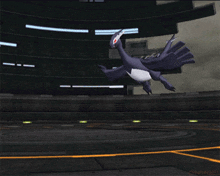
Shadow Pokémon gave a new aspect to the otherwise identical gameplay used in the main series titles. This wasn’t all that set battles in Colosseum and XD apart however.
Double battles galore
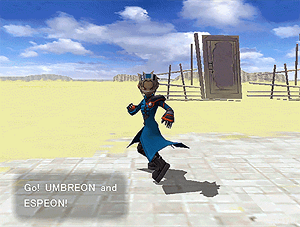 All battles were Double Battles. XD has an exception at the very start… and that’s because you only have the one Pokémon at the time. Besides specific optional challenges, you did fights in 2 vs 2 match-ups. And these fights were very much built around the idea of Double Battles. Moves like Helping Hand, strategies such as using weather and abusing Earthquake with Protect or Flying-type/Levitate Pokémon, and even Skill Swap on an overlevelled Slaking got good mileage here.
All battles were Double Battles. XD has an exception at the very start… and that’s because you only have the one Pokémon at the time. Besides specific optional challenges, you did fights in 2 vs 2 match-ups. And these fights were very much built around the idea of Double Battles. Moves like Helping Hand, strategies such as using weather and abusing Earthquake with Protect or Flying-type/Levitate Pokémon, and even Skill Swap on an overlevelled Slaking got good mileage here.
What also made battles stand out were the animations. Granted, battles would take a bit longer in Colosseum and XD compared to the GBA games, but each Pokémon really felt unique and distinct and alive. And these were the first time people could see generation three Pokémon in 3D. Sableye was revealed to be a gremlin when hit, Kirlia had a dramatic ballet-style ‘death’ when it fainted, and attacks just looked and felt more impactful.
In fact, it’s easy to point to many examples where these animations have been more entertaining than those in main series Pokémon titles. A lot of that is covered in the article linked below, but the main takeaway here is that battles were enjoyable to watch in both Colosseum and XD.
[Updated] Battles visually lacking in Pokemon Sword and Shield
The music
Pokémon games tend to have great tunes, and these games are no exception. They notably differ in style, especially due to the soundfonts Pokémon games used at the time and prior. Synth, salsa, and orchestral tracks featured, with music that always added to the atmosphere of the game and got stuck in your head. Here are some tunes from Colosseum:
XD has its fair share of new music bangers as well:
The composer, Tsukasa Tawada, was the brains behind the soundtrack. He’s remained involved in Pokémon titles, composing for Pokémon Café ReMix for instance. And he is excited that people will get to experience the games again. This is clear from his videos where he plays covers of tunes from Pokémon Colosseum.
These should give you a good idea about the games. I will confess as a large fan of the games that they are not perfect. But they were certainly fun! And they show a side not explored in any other title.
But there’s two other things to highlight.
A price and accessibility problem
Old titles can be pretty expensive these days. In particular, GameCube titles can go for hundreds of dollars each, even when previously used. No current generation system can play them. It was fair to say that it was a worry that Colosseum and XD could never be played again if you didn’t have a GameCube or Nintendo Wii. Plus you would need a GameCube memory card to be able to save your game. This announcement that they will be playable through the Nintendo Switch 2, provided you have the Nintendo Switch Online + Expansion subscription, is very welcome for this reason alone. Games should remain accessible, and these titles deserve a larger playerbase.
However, we sadly may never see such titles again.
A pair of titles left behind
The developers of both Colosseum and XD is the company Genius Sonority. The group are still making games, such as the aforementioned Pokémon Café ReMix, and before that Pokémon Shuffle. Their latest title was for the Nintendo Switch and mobile, The New Denpa Men RPG Free!. But as you may have noticed, these newer titles are primarily mobile phone games, often designed for short game sessions dealing with puzzles. You cannot really compare a complete pair of Pokémon role-playing games with long story mode adventures with the likes of Pokémon Café ReMix.
Much of their staff had been taken into Game Freak. James Turner is an example who became the Art Director of Pokémon Sword and Shield, and he’s now off with his own independent studio. While I’d love to see another game set in Orre, or even just a Shadow Pokémon title set elsewhere, I don’t see it happening currently. A good summary in this Reddit post highlights the history of Genius Sonority. Their website states they have 20 employees – not inadequate for such a title (Colosseum was made by a team of only ~24), but not large either. But in the end, it would be up to Nintendo and The Pokémon Company to have Genius Sonority make such a title.
Granted, other spin-off titles have not seen new entries for a while. Take Pokémon Ranger, for instance, which debuted in generation four and spawned 3 games. It has been dormant since that third title, but it was also recognised in the anime at the time. Colosseum and XD were not. Shadow Pokémon have been since used in Pokkén Tournament and Pokémon GO. But no acknowledgement of any characters from Colosseum and XD, let alone the region of Orre, have accompanied the concept or joined the ride. Annoyingly, players are often encouraged to not purify Shadow Pokémon as they can be evolved and levelled up in Pokémon GO. With an increased attack stat, Shadow Pokémon are nearly always more useful to the player! Furthermore, an Apex Shadow Lugia (a stronger version of ‘regular’ Shadow Lugia) that was later released is still not quite as striking as the XD001 model used in XD.
So it’s great to see that both Colosseum and XD will make their return, over twenty years later, on the Nintendo Switch 2. Only players with a Nintendo Switch Online + Expansion subscription will be able to access the games. Nonetheless it is something, and these games deserve some more attention.
And maybe this won’t be all there is to it? If in the past decade we’ve seen the first Pokémon Mystery Dungeon receive a remake, and Pokémon Snap a surprise and well-regarded sequel…
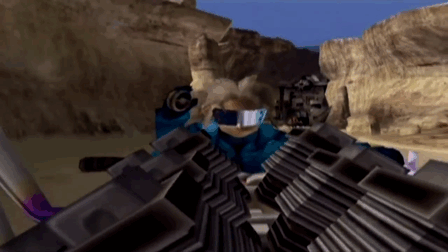
…Then perhaps it would not be too foolhardy to hope that increased awareness and popularity of these two classics can lead to something more. And if not, it’s already a big win for its fans given the past silence.
Edited by Aldo, Jake, Mercurybro, and Sheep.





